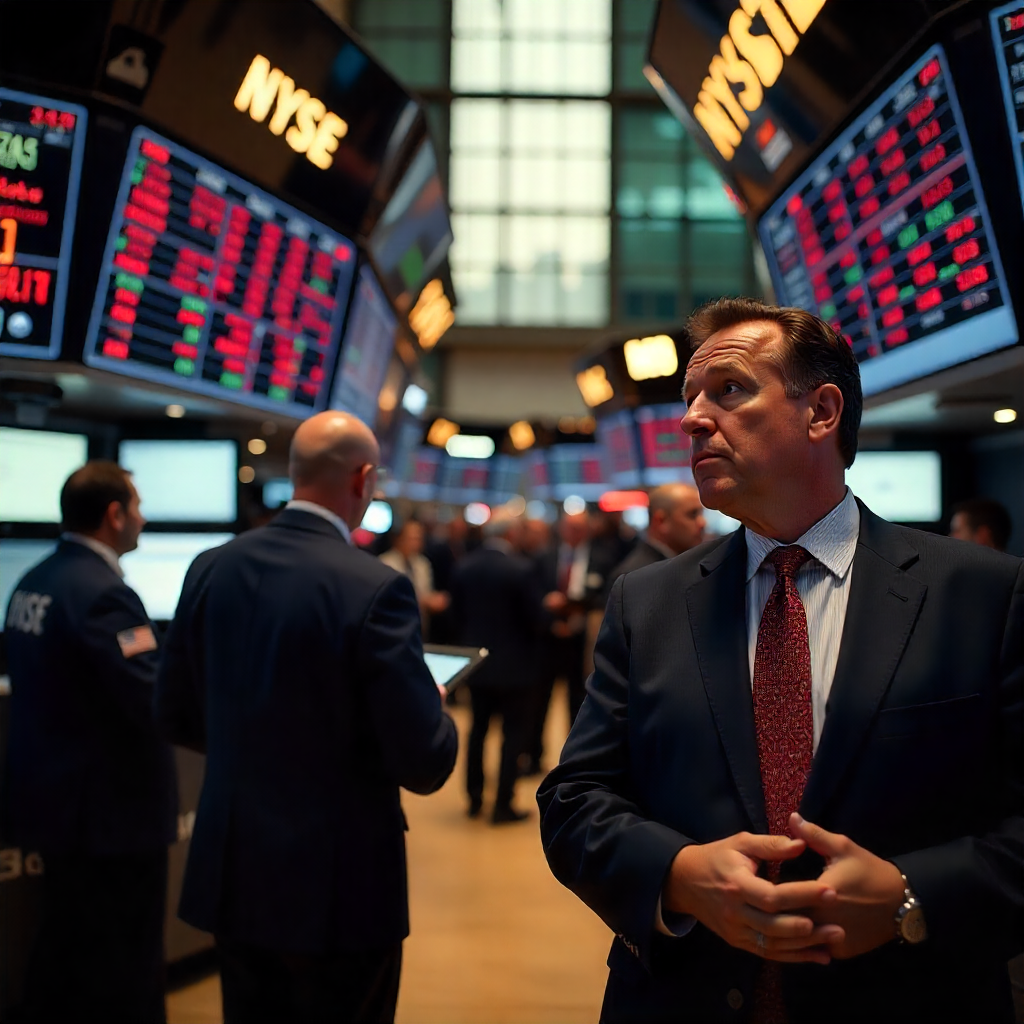A Q3 Landscape Defined by Volatility
As Q3 2025 begins, investors are walking a tightrope: oiling optimism about eventual U.S. rate cuts while wrestling with stubborn inflation and geopolitical uncertainty. The result is heightened market volatility, where even minor developments prompt sharp shifts in sentiment . After a steep 20% drop in the S&P 500 from its February peak, equity markets staged a dramatic recovery and are hovering around all time highs but remain sensitive to macro swings (Globedge). Meanwhile, fixed-income markets have tightened, reflecting reduced perceived risk even amid uncertainty (Reuters).
Stock market information for SPDR S&P 500 ETF Trust (SPY)
- SPDR S&P 500 ETF Trust is a fund in the USA market.
- The price is 636.94 USD currently with a change of -0.12 USD (-0.00%) from the previous close.
- The latest trade time is Tuesday, July 29, 16:08:10 +0500.
Interest Rates: Hang Tight Until Fall?
The Federal Reserve has maintained its benchmark rate at 4.25%, 4.50% since June, signaling caution as inflation remains above target and the employment outlook softens (Schwab Brokerage). While earlier projections expected two rate cuts in 2025, recent commentary from Fed officials suggests cuts may be delayed or reduced to one depending on inflation dynamics (Schwab Brokerage).
A recent Reuters poll confirmed that no cut is expected at the July 29,30 meeting. Most economists forecast just one or two cuts later in 2025, with inflation projected to stay above the Fed’s 2% goal through 2027 (Reuters).
Inflation: Cooler or Sticky?
While inflation has moderated slightly, readings remain elevated. In June, headline inflation rose to 2.7%, up from 2.4% in May adding urgency to the Fed’s cautious tone (AP News). Trade related tariffs are expected to feed into prices and keep inflation sticky through the rest of 2025. Institutional outlooks anticipate inflation to remain about 1% above the Fed’s long-term target in 2026, signaling that market expectations may need to adjust further (enterprisebank.com).
Investor Strategy: Navigating the Cross-Currents
Equity vs Bonds
Equities especially large cap growth stocks continue to benefit from a resilient earnings backdrop and historical performance in low growth, moderate inflation environments. The S&P 500 is expected to outperform cash and bonds in this “muddle through” scenario, riding on modest earnings and cautious optimism (MarketWatch).
However, should inflation remain unexpectedly high or growth slow sharply, investors may shift toward bonds and defensives, anticipating greater Fed easing and reduced risk appetite (Reuters, JPMorgan Chase). Bond metrics confirm increasing investor confidence: spreads have narrowed, and the MOVE index shows subdued volatility (Reuters).
Diversification & Credit Positions
With uncertainty elevated, institutions recommend broader diversification. Credit assets especially investment-grade and floating rate instruments are appealing as buffers against rate uncertainty and rising inflation (PGIM).
Real assets and international exposure are gaining traction, while firms are rotating to mid cap and infrastructure sectors thought to be more resilient amid shifting macro cycles (investopedia.com).

Market Outlook & Scenarios
Institutional forecasters anticipate three plausible scenarios:
- Base Case: Moderate slowdown, controlled inflation, rate cuts starting in September, and positive market performance.
- Upside Risk: Stronger growth from AI driven investment or deregulation, delaying cuts and favoring value sectors.
- Downside Risk: Escalating trade or fiscal pressures leads to recession fears prompting deeper cuts and safe-haven demand(Globedge).
Market commentary suggests a cautious optimism: markets likely to tread higher but remain vulnerable to news shocks or policy surprises (Reuters).
Summary
In Q3 2025, markets face competing forces: hope for Fed rate cuts versus the drag of persistent inflation and trade-driven uncertainty. While expectations for easing persist, the Fed is likely to remain data-driven and conservative through at least September. Investors are adapting by pursuing equity exposure where returns might outperform, while hedging with diversified portfolios, credit assets, and duration strategies. Ultimately, success in this environment hinges on nimbleness: being ready to shift if the Fed pivots or inflation surprises.

